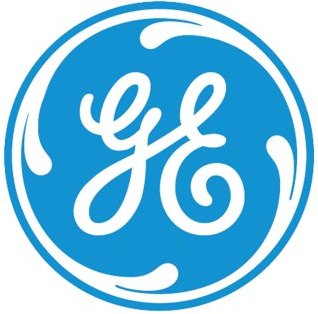How many leaders does it take to change a light bulb? Trick question: the leaders at GE are changing much more than a light bulb – they’re turning their signature innovation toward developing strong, effective management teams to support the company’s goals of growth and expansion. The General Electric Company (GE) is a shining example of what an organization should look like, and exemplifies many of the ideas associated with team leadership theory and leadership in general.

Since its formation in 1892, GE has been at the forefront of innovative technology behind energy, healthcare, transportation, and building (General Electric, 2013). Behind its creativity and innovation lies strong leadership in Jeffrey Immelt, Chairman and CEO, whose focus on growth and expansion inspired the launch of the Leadership, Innovation, and Growth (LIG) program to aid in the development of the company’s management teams (Prokesch, 2009).
According to research, teams in the workplace can produce positive results, such as improved productivity, better decision-making and problem-solving, and increased innovation and creativity (Northouse, 2012). A caveat to the success and effectiveness of teams is that the company culture must support collaboration in decision-making and a more lateral style of communication (Northouse, 2012). The culture of GE, especially under Immelt’s leadership, provides an environment conducive to and supportive of teamwork.
The four-day LIG program is successful in positively impacting GE’s management teams for a couple of reasons. The program gives managers an opportunity to focus on identifying both “hard barriers to change” like limits created by GE’s structure and resources, and “soft” barriers like the management team’s own behaviors, and to devise a plan of attacking those barriers (Prokesch, 2009). With a company of GE’s size and scope, barriers are sure to exist – the company is constantly forced to address current issues while predicting future issues, and it would be easy to spread the company’s resources too thin. Immelt, by focusing on growth and expansion of the existing company rather than on acquisitions, has eliminated some barriers, but has likely created new ones as well. The management team must develop action plans to avoid barriers, and to help their employees to avoid them as well.
The approach of identifying barriers and planning responses to them accomplishes two things: first, the team can more quickly implement changes when needed; second, the team, having already developed a plan of action, is more “obligated to deliver on it” (Prokesch, 2009). Effective leaders must be able to recognize obstacles to progress toward accomplishing a team goal and respond appropriately to break through those obstacles (Northouse, 2012). Followers’ perceptions of a leader’s effectiveness are important, and the responsiveness of a leader has a great and positive impact on these perceptions. Quick action demonstrates to followers that their leader recognizes and appreciates the need for change, and shows consideration and concern for the followers.
The LIG program also allows the management team to frame challenges and ideas in a way that is more universally understood across the company; they are able to create a “common vocabulary of change” that becomes inextricably entwined with GE and its ventures (Prokesch, 2009). Essentially, everyone is on the same page – effective communication is imperative to effective leadership, and the time spent in the LIG program allows the management team to focus on ensuring a common understanding away from the normal rush of reading emails, fielding calls, and getting a word in during a hurried meeting.
Leadership, and more specifically team leadership, is strong at GE, and has played an invaluable role in creating and maintaining the company’s success over the past 121 years. GE’s leadership starts at the top, and where many businesses fail to cultivate strong leadership in its management, GE’s management team development efforts continue to set the company apart from the rest.
References:
General Electric. (2013). About Us. Retrieved from GE.com: http://www.ge.com/about-us/building
Northouse, P. G. (2012). Leadership: Theory and Practice (6th ed.). Thousand Oaks: SAGE Publications, Inc.
Prokesch, S. (2009, January). How GE Teaches Teams to Lead Change. Harvard Business Review, 99-106.
